Liberal party supporters are entitled to ask why the Coalition lost government, especially when Labor gained the Treasury benches with a very low primary vote.
The short answer is that there was a record low vote for the major parties, but almost every other candidate preferenced Labor, or was elected with Labor or other party preferences. But that simple explanation disguises many factors that contributed to the result.
The starting point to any honest analysis is the 2016 election, when Malcolm Turnbull, in a flight of political self-delusion, forfeited 14 seats. The Coalition has been on a political knife-edge ever since.
The second is to understand why the Coalition succeeded in 2019. It was not a miracle. Labor lost the election they should have won because of their attack on investors and retirees. Campaigning outside Woolworths in Eltham for months, I heard an oft-repeated story. ‘You know we vote Labor over here, don’t you,’ was the refrain from the superannuated public servants who lived in the rustic suburb north of the Yarra. Then they often added, ‘I am worried about Labor’s policies on retirees.’ ‘So you should be,’ I would reply politely, reminding them that, ‘When you come to vote, it is a secret ballot!’ When Chris Bowen said ,‘If you don’t like our policies, don’t vote for us’ many of them took his advice. The sentiments expressed by the people of Eltham were repeated across the electorate. I don’t know if Scott Morison believed he had performed a miracle, or was just employing political rhetoric, but the reality is that the Coalition didn’t win in 2019; Labor lost.
These factors underlined the 2022 result, but they were compounded by others. The election was essentially a policy-free zone. The government’s past term has been almost devoid of any significant policy, apart from the Aukus agreement, which was one of the most important foreign policy decisions for decades. That said, the government offered few compelling reasons for re-election. The only substantial policy – on housing – was released in the final week after many people had voted, suggesting it was a reaction to failing polls.
If the government thought it would be rewarded for the economic recovery from Covid, it was ignoring political reality. People acknowledged the recovery in employment numbers but asked what more are you offering? Even the slogan, ‘It won’t be easy under Albanese’ was limp. People went to the polls knowing that things will be more difficult in the future with inflation and interest rates rising. To say ‘it won’t be easy’ failed to offer party differentiation and a plan for the future.
There were also misguided initiatives, especially the national cabinet. The premiers exploited the arrangement, ignoring any purported agreement when it suited them politically, while blaming the Prime Minister for every disadvantage for the populace.
I may not always agree with Graham Richardson, but he was surely correct when he said ‘the Liberal party has to stand for something’. The idea that left-wing voters who don’t like the Liberal party’s policies and values will vote for a pale shade of their own is delusional. Why vote for a Katie Allen or Dave Sharma when you can have the real thing?, was how many ‘teal’ supporters reasoned. Members who think they can cross the floor to protect their own seats often lose as many votes as they think they will gain from the noisy minority. They also anger natural supporters of the party elsewhere. It is of note that the National party did not lose a seat.
The absence of policy was compounded by hubris, which manifested itself in many ways. The factional battles in the Liberal party, especially in NSW, were devastating. Did the PM have no authority to end the internal warfare? Bob Hawke’s famous dictum, ‘if you can’t govern yourself, you can’t govern the country’ springs to mind when considering that the NSW division was engaged in litigation in the High Court just days before the election was called. Factionalism is not confined to NSW. Many of the coterie of members administering the party in the various states seem more interested in winning internal party battles than government. The election review by Brian Loughnane and Jane Hume must address this basic failure, as well as the inability – perhaps unwillingness – of the factional chieftains to encourage open, democratic recruiting of new party members. For the Liberal party to have just 40,000 members nationally is a signal failure of internal leadership.
Voters were quick to penalise candidates who had little or no connection with their local communities. The most prominent example was Kristina Keneally, who was parachuted into Fowler by Chris Bowen and the ruling clique in the NSW ALP to replace the hardworking and popular Chris Hayes at the expense of a local candidate. The phenomenon was not confined to the NSW Labor party with voters in other seats expressing their displeasure at the manipulation of normal democratic party processes. Local electors take a dim view of party apparatchiks who run rough-shod over their communities.
The fact that the PM described himself as a bulldozer in the final week was telling. Instead of placating voters concerned about his style, it reinforced their misgivings. In the absence of policy, the personality of the leaders is magnified. The electorate thought Mr Morrison was talking down to them, rather than listening.
The focus since the election naturally has been on the loss by the Liberal party, but the poll outcome also poses significant challenges for Labor. With the lowest primary vote since 1934, and significant swings in its heartland, the new government will have to earn greater trust from the electorate. Labor will have a critical buffer with the Greens and Teals, but it faces considerable domestic and international challenges. There will be opportunities for the Coalition provided it focuses on offering solutions to the challenges facing Australia.
Finally, a comment about the future. Five weeks before the election I observed in my valedictory speech the growing chasm between the interests of the inner-city voters and those in outer suburban and regional and rural areas. That cleavage, which was clearly exposed this year, can be bridged, as John Howard and Tony Abbott have shown in attracting a broad range of voters. But it will not be achieved by becoming a paler shade of blue. When it has been successful, the Liberal party has prioritised the great number of middle- and working-class Australians who now live in the middle and outer suburbs, regional centres and rural Australia. They are Menzies ‘forgotten people’, Howard’s ‘battlers’ and Tony’s ‘tradies’. Without their support, the Liberal party will remain in opposition.
Got something to add? Join the discussion and comment below.
Get 10 issues for just $10
Subscribe to The Spectator Australia today for the next 10 magazine issues, plus full online access, for just $10.
You might disagree with half of it, but you’ll enjoy reading all of it. Try your first month for free, then just $2 a week for the remainder of your first year.

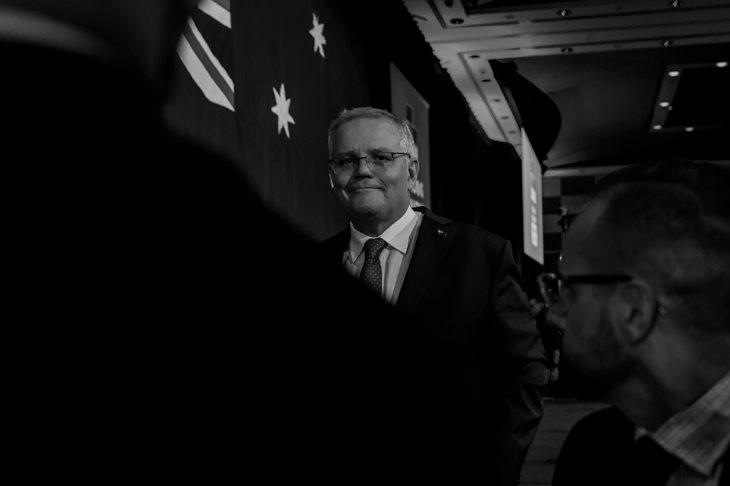
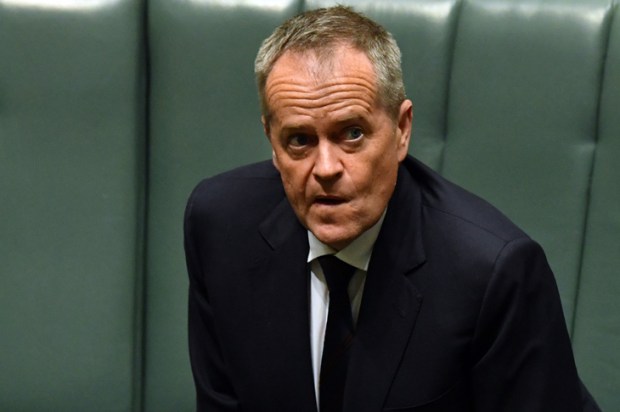
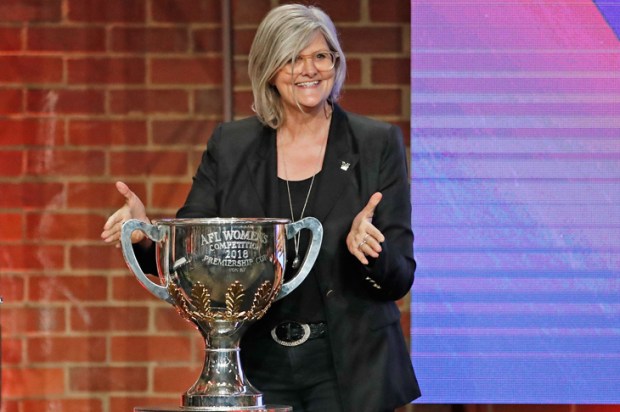
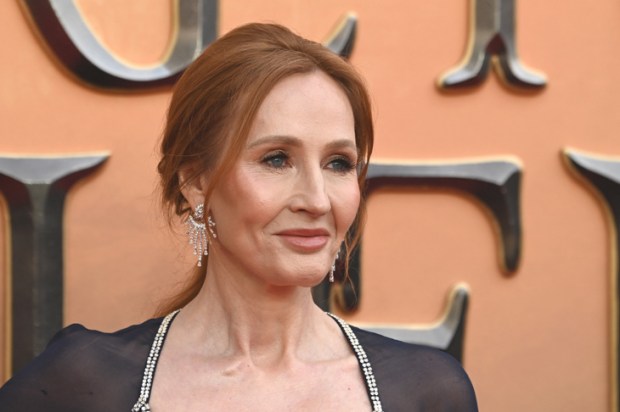
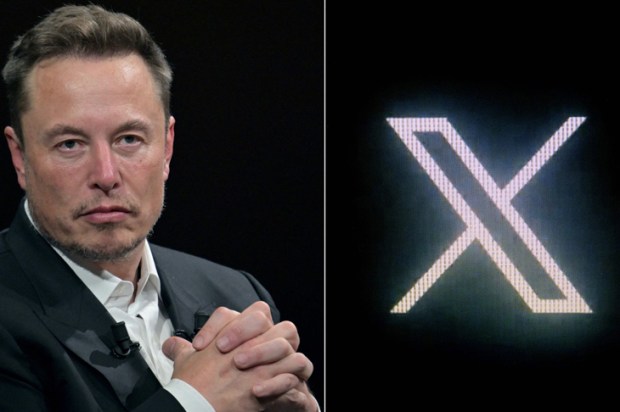

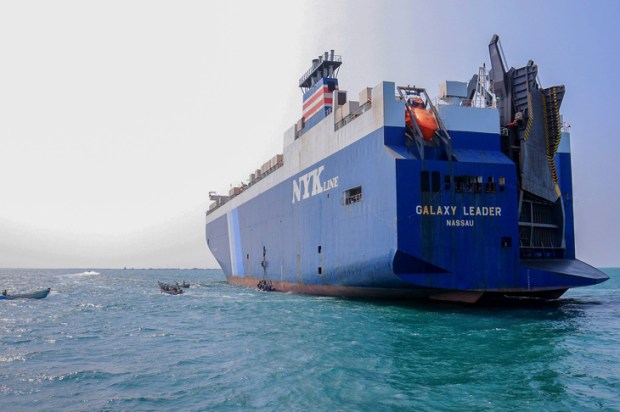






Comments
Don't miss out
Join the conversation with other Spectator Australia readers. Subscribe to leave a comment.
SUBSCRIBEAlready a subscriber? Log in